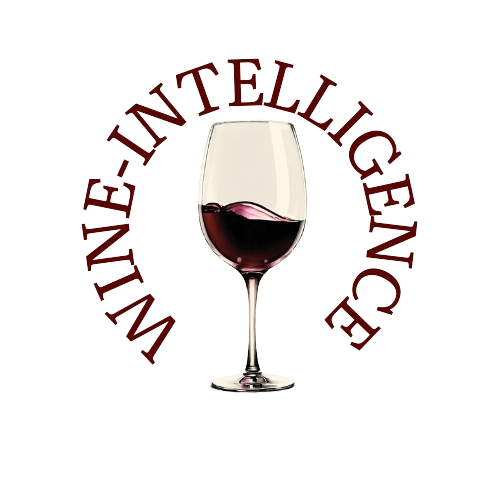After two years of steady decline, the U.S. wine market is finally showing signs of recovery.
According to a comprehensive report released by Gomberg-Fredrikson & Associates—an industry analysis firm with roots dating back to 1948—both domestic and imported wine shipments rose during the first quarter of 2025. Drawing from official Alcohol and Tobacco Tax & Trade Bureau (TTB) data, the report reveals a notable uptick in shipments from 127.3 million cases in February 2024 to 134.4 million cases by February 2025.
Inventory Management and Market Stabilization
Jon Moramarco, partner at Gomberg-Fredrikson and managing director of bw166, attributes part of this rebound to earlier reductions in inventory levels. These measures, implemented during the market downturn of 2022–2023, helped stem the decline and created conditions for a smoother recovery. Import growth—up 8.6%—also played a key role, as U.S. buyers anticipated potential tariff adjustments and stockpiled European wines, even amid ongoing 10% tariffs on EU imports.
Revenue Growth Driven by Inflation and Direct Sales
Revenue growth supports the picture of cautious optimism. According to the U.S. Bureau of Economic Analysis (BEA), the wine industry’s total revenue reached USD 109 billion in 2024, up 3.42% from USD 105.4 billion in 2023. While part of this gain is attributed to inflation and rising average bottle prices, Moramarco emphasizes the importance of recognizing the entire market spectrum—including direct-to-consumer sales through wineries, online platforms, and private events. These channels often escape traditional tracking methods that rely on retail scanner data.
Domestic Struggles and Sector Fragmentation
Despite positive signals, challenges remain. Domestic wine shipments fell by 9.1% in 2024, while the total shipment volume dropped by 4.1%. This underscores a fragmented landscape: while some wineries anticipate growth—62% expect higher sales in 2025—others face uncertainty. The BMO Wine Market Report for 2025 notes an increase in wineries for sale and in unsold harvests following contract cancellations.
Changing Demographics and Consumption Habits
Crucially, U.S. consumer behavior is evolving. The aging baby boomer population is drinking less wine, and Generation Z consumes significantly less alcohol than previous generations. These demographic shifts are forcing producers to rethink branding, packaging, and distribution. Lighter formats, lower-alcohol options, sustainability, and digital engagement are becoming more essential in reaching the modern wine consumer.
Outlook: Opportunities Through Adaptation
While external uncertainties—including regulatory changes and global competition—still loom, the U.S. wine industry stands at a turning point. With a growing share of sales coming from digital and direct channels, and a stabilized supply chain, 2025 offers a renewed opportunity for innovation. Wineries willing to adapt to evolving consumer preferences, diversify their sales strategies, and embrace technology are best positioned to navigate the next chapter in American wine.
Source: Vinetur

